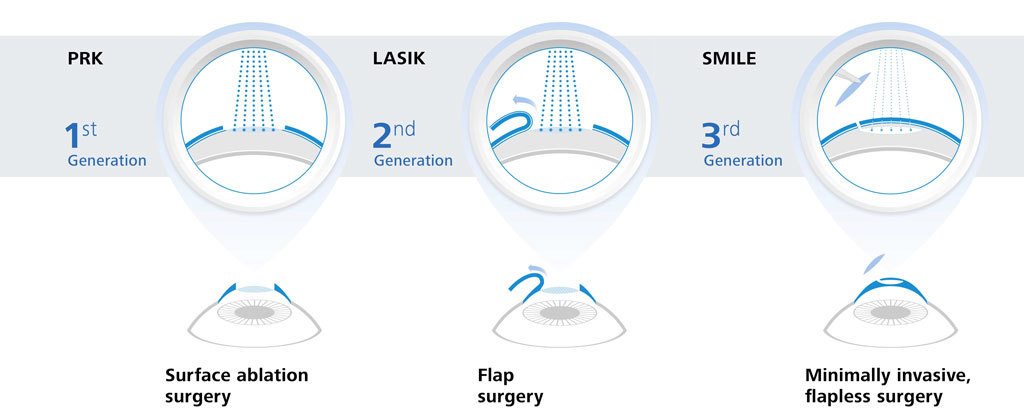Lens Substitute Surgery: A New Frontier In Visual Improvement

Personnel Author-Knowles Chu
Imagine a future where you no more need to rely on glasses or get in touch with lenses to see clearly. A future where vision adjustment is as basic as a fast, painless treatment.
Well, that future is closer than you may believe. Introducing refractive lens exchange, a revolutionary technique to correcting your vision that could alter the method you see the globe.
Yet just what is refractive lens exchange, and why is it thought about the future of vision modification? In https://writeablog.net/jayna01marcus/achieve-perfect-vision-with-evo-icl-the-ultimate-vision-adjustment-option , we will certainly check out the benefits, the treatment, and the potential risks of refractive lens exchange, providing you a glance into what lies ahead for those looking for clearer vision.
The Advantages of Refractive Lens Exchange
Refractive Lens Exchange provides many advantages for people looking for vision adjustment. By replacing your natural lens with a man-made intraocular lens, this treatment can correct a wide variety of vision problems. Among the major advantages of refractive lens exchange is the renovation in visual acuity. Whether you're myopic, farsighted, or have astigmatism, this procedure can substantially enhance your capacity to see clearly without relying on glasses or call lenses.
Additionally, refractive lens exchange can also stop the progression of certain eye problems, such as cataracts. This means that not just will you accomplish better vision, but you'll likewise have actually a minimized risk of establishing cataracts in the future.
With refractive lens exchange, you can appreciate improved vision and a better of life.
The Procedure for Refractive Lens Exchange
When going through refractive lens exchange, the surgeon will start by making a tiny cut in your cornea. This permits them to access the lens of your eye and remove it.
Right here are 5 important steps involved in the procedure:
- The doctor will meticulously separate the lens utilizing ultrasound waves or lasers.
- After eliminating the lens, they'll place a brand-new synthetic lens, called an intraocular lens (IOL), right into your eye.
- The IOL is developed to remedy your certain vision problems, such as nearsightedness, farsightedness, or astigmatism.
- Once the new lens is in location, the doctor will shut the cut with tiny stitches or self-sealing methods.
- The whole procedure typically takes less than thirty minutes and is commonly performed on an outpatient basis.
Complying with these steps, refractive lens exchange can offer you with enhanced vision and minimize your dependence on glasses or contact lenses.
Prospective Threats of Refractive Lens Exchange
Prior to undergoing refractive lens exchange, it's important to understand the possible dangers connected with the procedure. While refractive lens exchange is generally taken into consideration risk-free, like any type of surgical procedure, there are dangers included.
One possible risk is infection, which can occur if bacteria enters the eye during or after the surgical procedure. Another threat is the advancement of enhanced intraocular stress, which can bring about glaucoma. Furthermore, there's a small chance of experiencing corneal edema, which is the swelling of the cornea.
Other prospective risks consist of retinal detachment, macular edema, and loss of vision. It's essential to discuss these risks with your surgeon and consider them against the prospective benefits before deciding.
Conclusion
So there you have it, folks! Refractive lens exchange is truly the future of vision correction. With its numerous benefits and improvements in innovation, this treatment provides a life-changing option for those having problem with their vision.
But remember, every rose has its thorns. While refractive lens exchange might bring clearness, it is very important to be knowledgeable about the possible risks involved. So, before taking additional resources , evaluate the benefits and drawbacks, and seek advice from your ophthalmologist.
Besides, much better safe than sorry!

